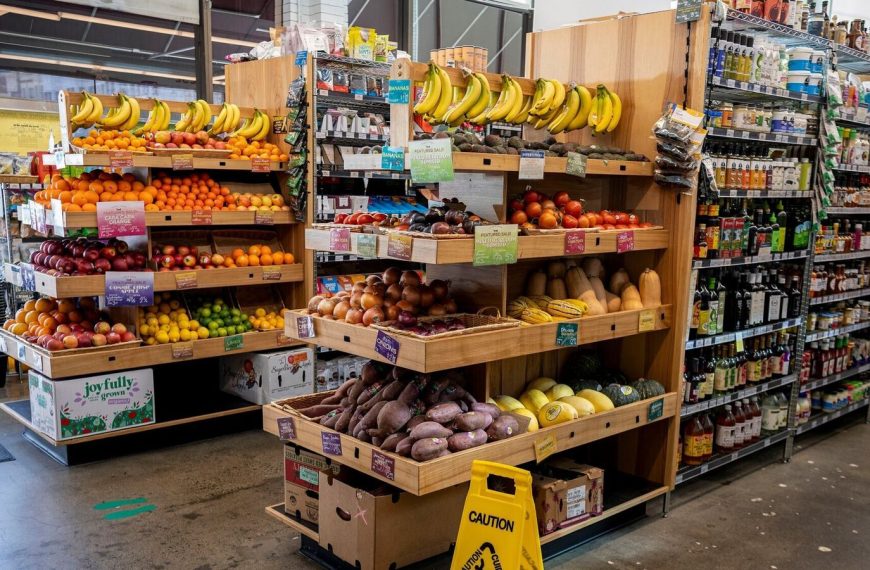In a significant turn of events, retail inflation has dipped to its lowest level in nearly six years, now standing at 3.16% for April. This decline is largely attributed to the reduced costs of essential items such as vegetables, fruits, pulses, and other protein-rich foods. Such a favorable inflation rate not only falls well within the Reserve Bank’s comfort zone but also paints a brighter picture for consumers and the economy.
Understanding the Decline in Inflation Rates
The Consumer Price Index (CPI) based inflation rate saw a decrease from 3.34% in March to 3.16% in April, a reduction from 4.83% observed in the same month last year. Notably, this figure is reminiscent of the 3.15% inflation rate recorded back in July 2019.
Food Inflation Insights
Food inflation has also witnessed a significant slowdown, now at 1.78% compared to 2.69% in March and a staggering 8.7% during the same month last year. The decrease in food prices can be attributed to a remarkable 11% year-on-year drop in vegetable prices, which contrasts with a 7.04% decline noted in March.
- Cereals: Prices increased by 5.35%, down from 5.93% the previous month.
- Pulses: Prices fell by 5.23%, compared to a 2.73% decline in March.
The Reserve Bank’s Response
In light of these favorable developments, the Reserve Bank has proactively adjusted its monetary policy. The central bank has reduced the key interest rate by 50 basis points in two separate moves, thanks to this improvement in price stability.
Looking ahead, the Reserve Bank forecasts an inflation target of 4% for the financial year 2025-26, with quarterly projections as follows:
- Q1: 3.6%
- Q2: 3.9%
- Q3: 3.8%
- Q4: 4.4%
Conclusion
The recent decline in retail inflation offers a ray of hope for consumers, as well as for the overall economic landscape. With the Reserve Bank committed to maintaining price stability, there is cautious optimism for continued economic growth. For more detailed insights into inflation trends and economic forecasts, consider exploring resources from the Reserve Bank and economic research institutions.











